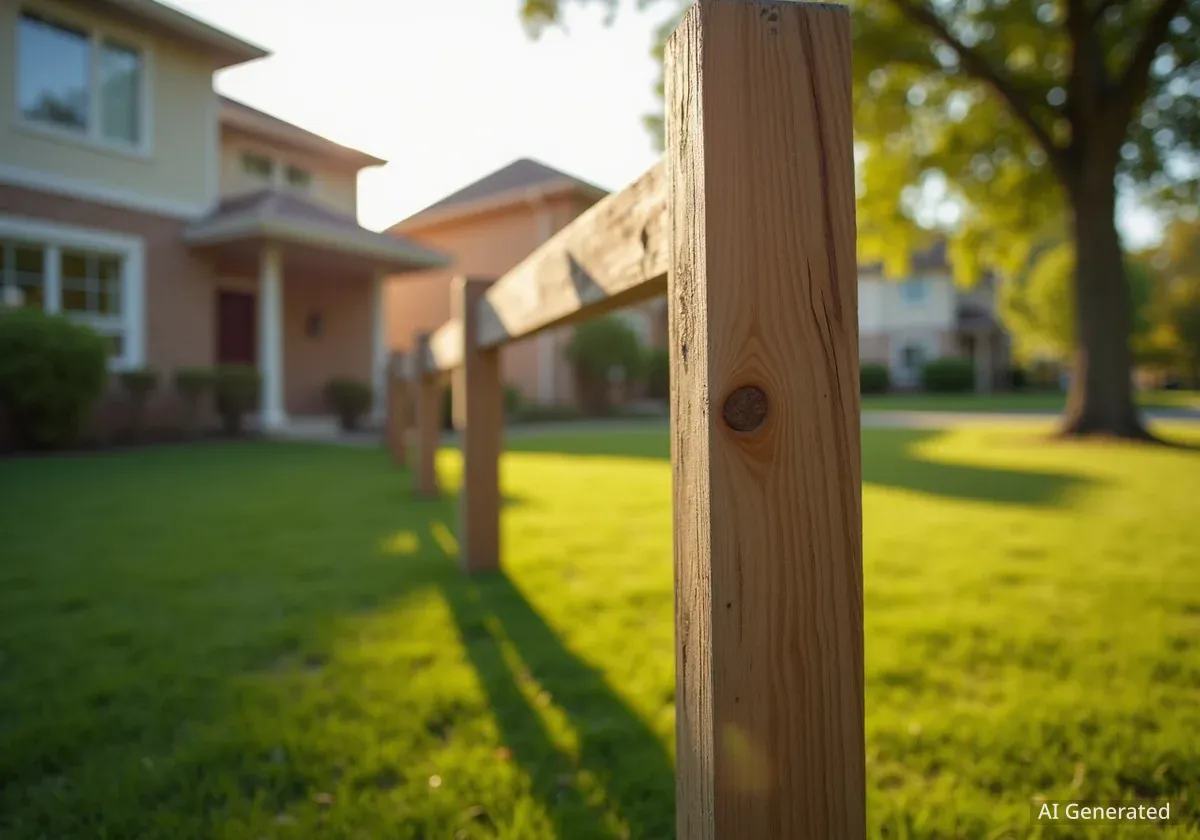Disagreements over personal property and space are common challenges in both neighborhoods and families. Establishing clear boundaries is essential for maintaining safety, respect, and positive relationships. Whether dealing with a neighbor suspected of theft or a family member who disrespects personal belongings, a structured approach can help resolve conflicts and restore peace of mind.
Key Takeaways
- Documenting every incident of theft or property damage provides crucial evidence for law enforcement and establishes a pattern of behavior.
- Proactive security measures, such as using secure delivery lockers and installing locks, can deter unwanted behavior and protect personal property.
- Setting clear, firm boundaries is necessary in family relationships to prevent misunderstandings and ensure mutual respect for personal belongings.
- When direct communication fails, physical barriers like locks can serve as a non-negotiable boundary to protect your property.
Addressing Security Concerns with Neighbors
Feeling unsafe due to the actions of a neighbor can be a deeply unsettling experience. This is particularly true when theft is involved, as it violates both personal property and the sense of security one should have at home. A common scenario involves residents who suspect a neighbor of stealing packages or other items but lack direct proof.
In one such case, a 74-year-old resident reported repeated thefts after former neighbors, whom they knew to be drug users, returned to rebuild a house across the street. The resident felt certain the neighbor was responsible for stolen packages but had no way to prove it and could not afford surveillance equipment.
Step-by-Step Actions for Neighborhood Theft
When faced with suspected theft by a neighbor, taking systematic steps is crucial. While confronting the individual without proof can escalate the situation, inaction can lead to continued victimization. Experts in personal security and law enforcement recommend a multi-faceted approach.
- Report Every Incident to the Police: Even if there is no immediate evidence, filing a police report for every stolen item is vital. This creates an official record of events. According to law enforcement agencies, a documented history of incidents can reveal a pattern that strengthens future investigations and lends credibility to your claims.
- Enhance Delivery Security: For package theft, simple changes can make a significant difference. Requesting a signature upon delivery ensures that packages are not left unattended. Alternatively, using secure pickup locations, such as Amazon Lockers or local postal service facilities, removes the opportunity for theft from your property entirely.
- Explore Community Watch Programs: Contact your local police precinct to inquire about neighborhood watch programs or increased patrols. If a neighbor is engaging in criminal activity, it is likely that other residents are also being targeted. A collective effort can improve surveillance and deter further incidents.
- Invest in Low-Cost Security: While high-end surveillance systems can be expensive, affordable options exist. A basic motion-activated light or a simple door alarm can act as a deterrent. Saving for a single, visible security camera can also provide significant peace of mind and valuable evidence if another incident occurs.
The Importance of Documentation
Creating a detailed log of suspicious activities, including dates, times, and descriptions of events, can be invaluable. This log, combined with official police reports, builds a comprehensive picture of the problem that can be presented to authorities if the behavior continues or escalates. It transforms isolated suspicions into a documented pattern of harassment or criminal activity.
Setting Boundaries Within the Family
Conflicts over property are not limited to neighbors; they are also common within families. A frequent issue arises when a family member, such as a sibling, repeatedly borrows personal items without permission, often returning them in poor condition or not at all. This behavior can erode trust and create feelings of disrespect.
For example, an older sister expressed frustration that her younger sibling constantly took her clothes without asking. The items were often returned stained or stretched, and attempts to discuss the issue were dismissed with the justification that "sisters are entitled to each other’s clothes."
Establishing and Enforcing Personal Rules
When repeated conversations fail to resolve the issue, it becomes necessary to establish firm, non-negotiable boundaries. The goal is not to punish the other person but to protect your own property and emotional well-being.
"Borrowing is one thing, but damaging property is another. That’s a boundary no one is entitled to cross, sister or not. When communication is ignored, physical boundaries become a necessary tool for enforcement."
In situations where a family member consistently ignores verbal requests, a direct and physical solution may be the most effective. Installing a lock on a closet or bedroom door sends a clear and unambiguous message that access is no longer freely available. This action shifts the dynamic from a verbal negotiation, which can be easily dismissed, to a physical barrier that must be respected.
Boundary Setting and Relational Health
Psychologists note that the inability to set and respect boundaries is a common source of conflict in family dynamics. Establishing clear rules about personal property is not about being selfish; it is about teaching and demanding mutual respect, a cornerstone of any healthy relationship.
Communication Before Action
Before resorting to physical barriers, it is often recommended to have one final, clear conversation. This discussion should be framed calmly and directly, without blame.
- State the Problem Clearly: "When you borrow my clothes without asking and they come back damaged, I feel disrespected and my property is ruined."
- Set the Boundary: "From now on, my closet is off-limits. If you want to borrow something, you must ask me first, and I will decide."
- Define the Consequence: "If this boundary is not respected, I will have to put a lock on my door to protect my things."
This approach provides the other person with a final opportunity to change their behavior. If they continue to disregard the established rule, implementing the consequence—installing the lock—is a logical and justified next step. It reinforces that your words have meaning and that you are serious about protecting your personal space and belongings.





